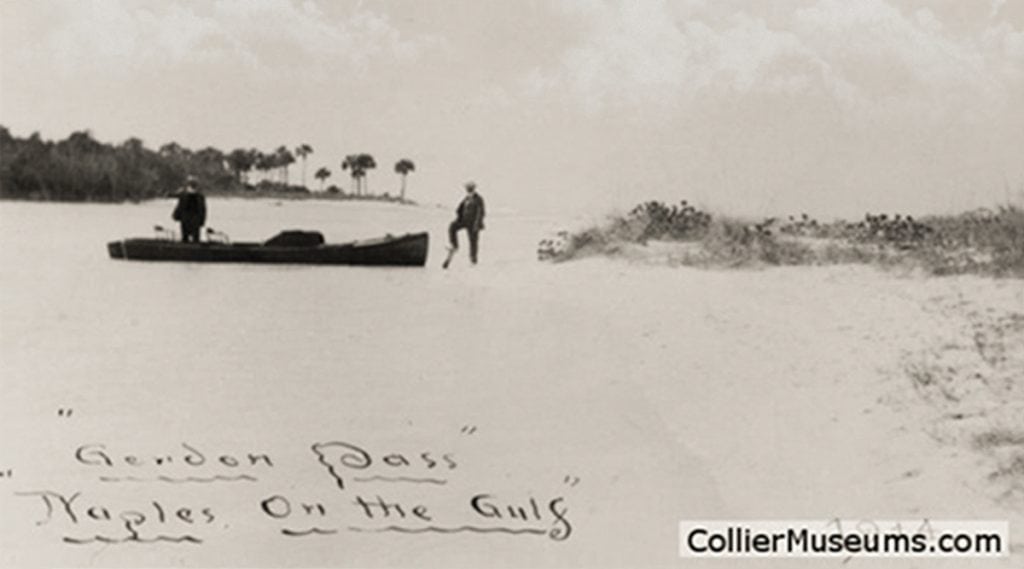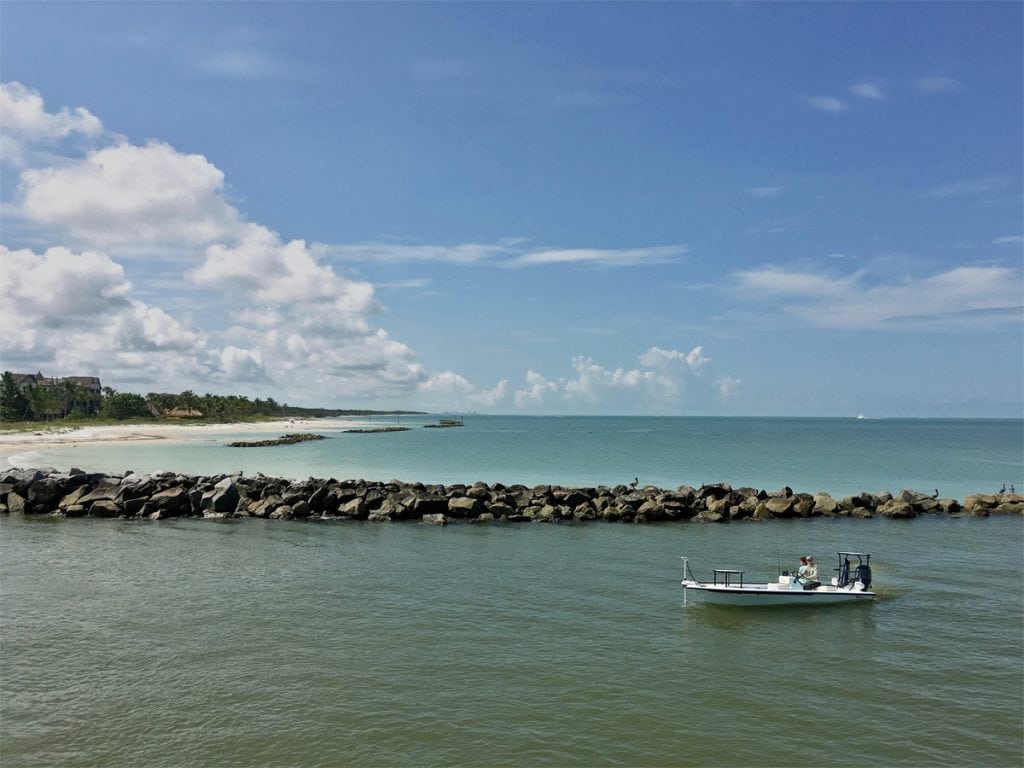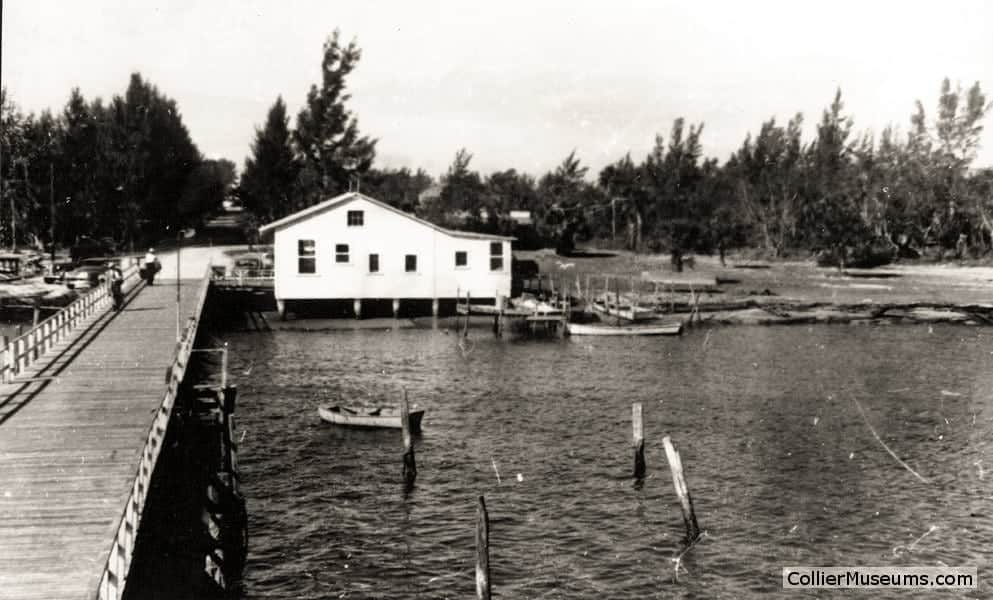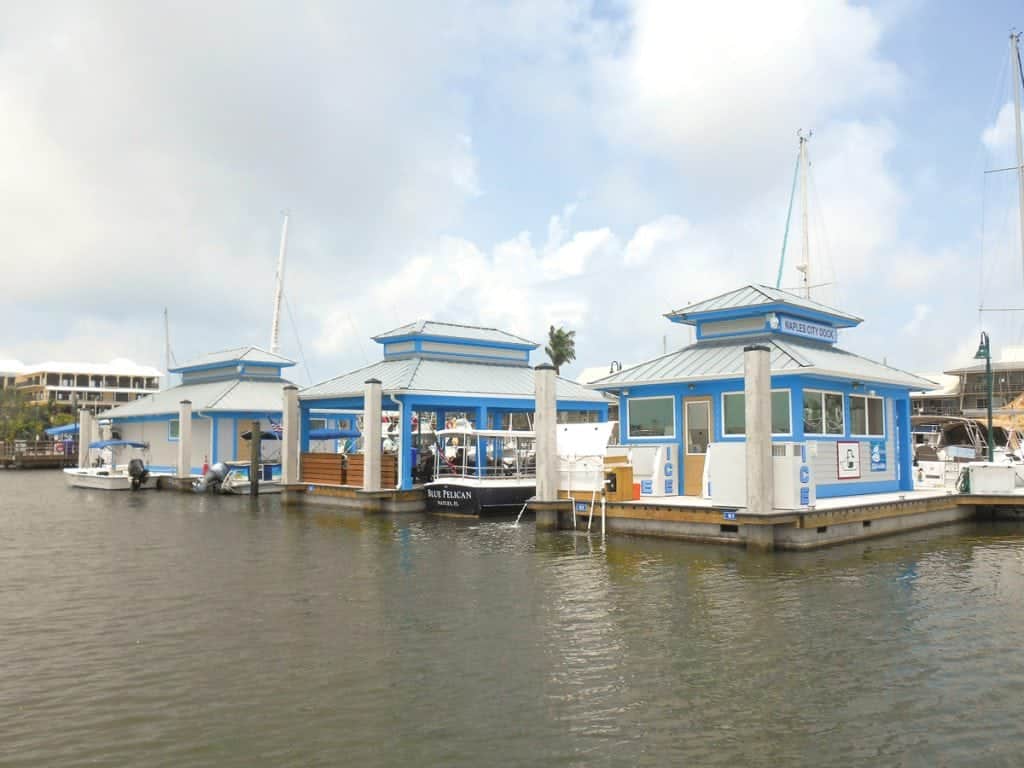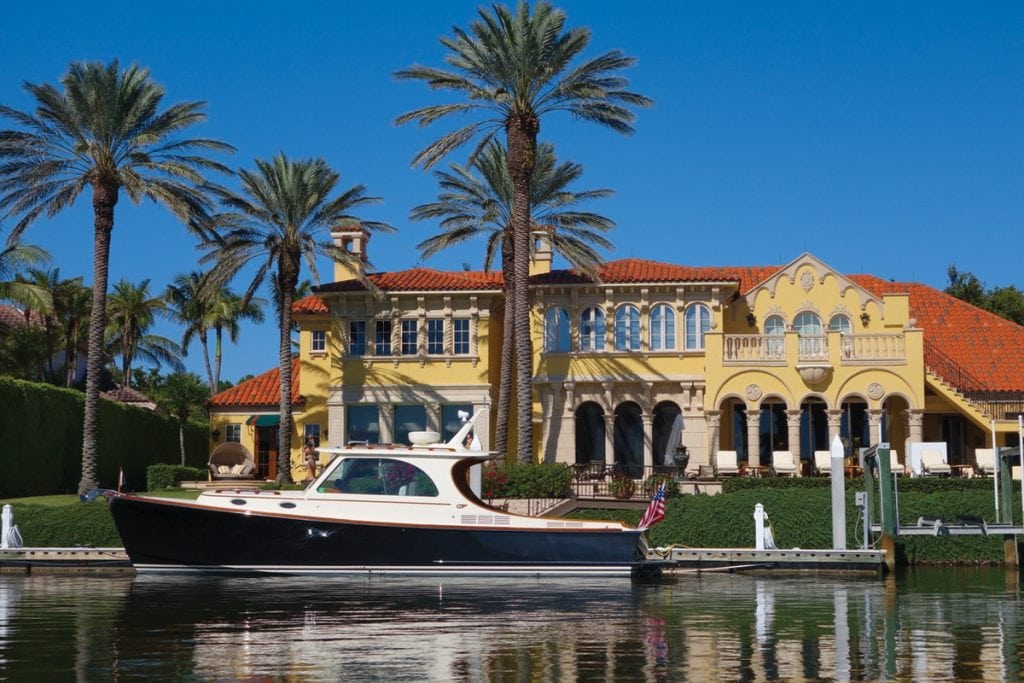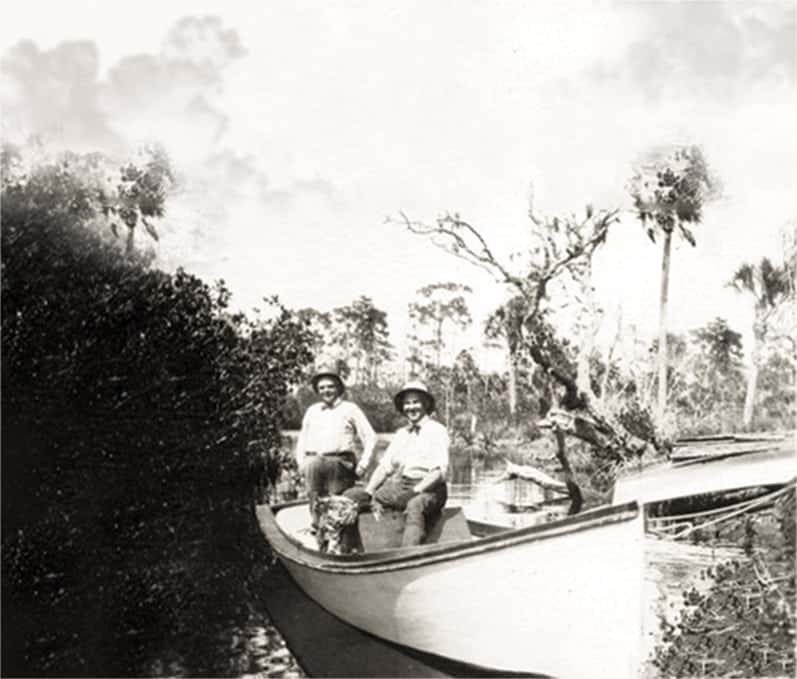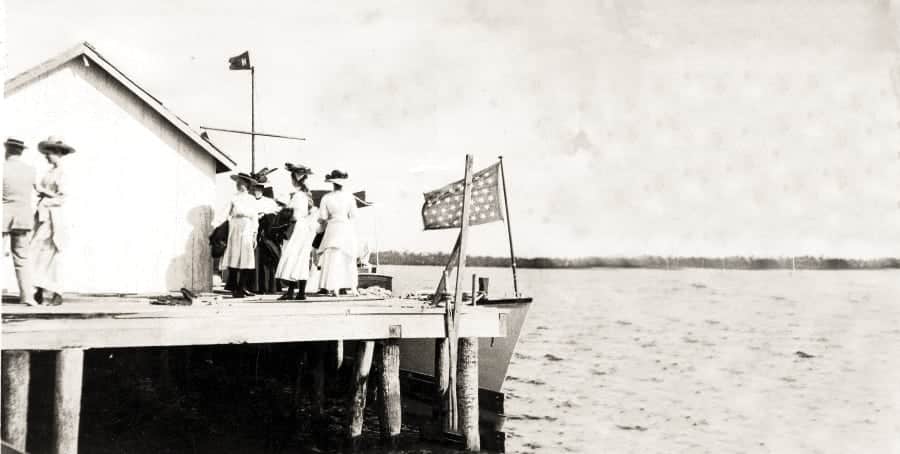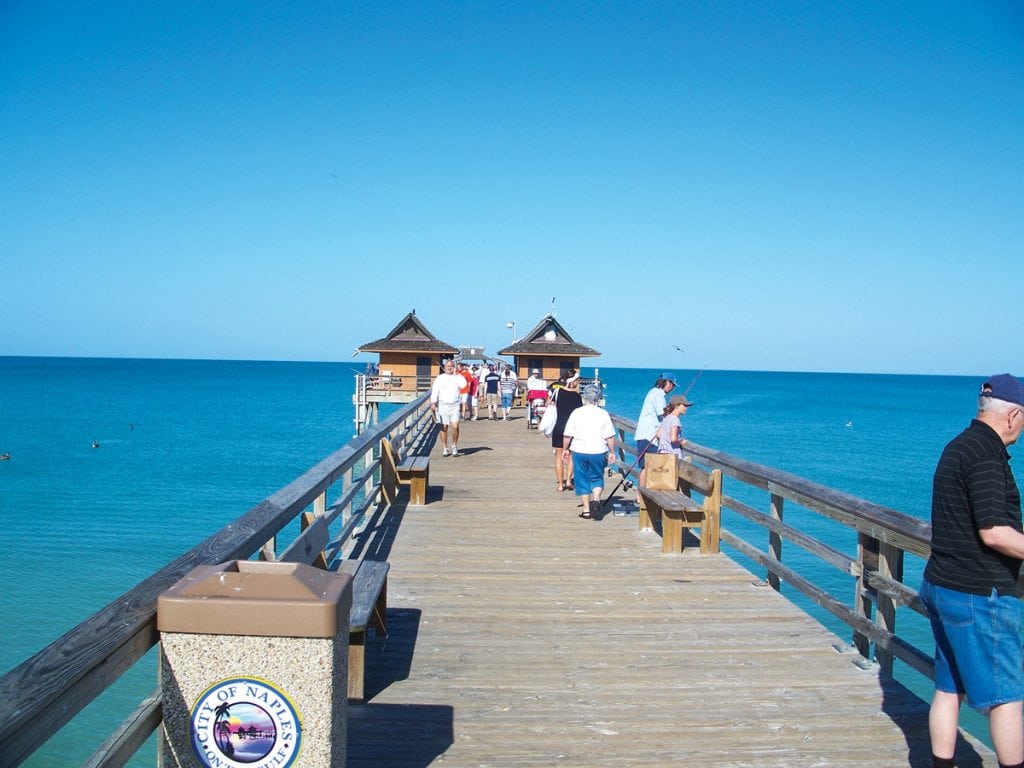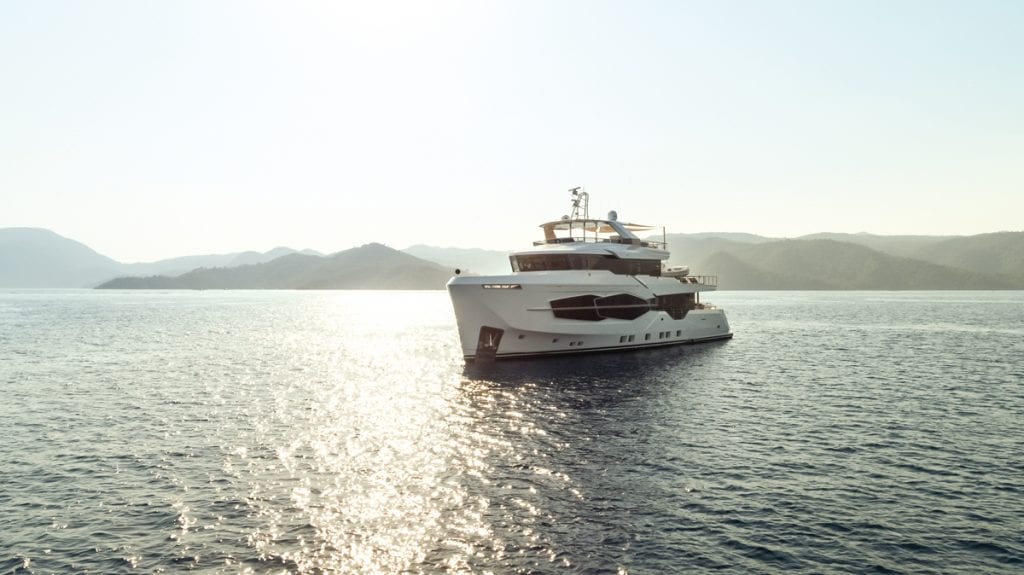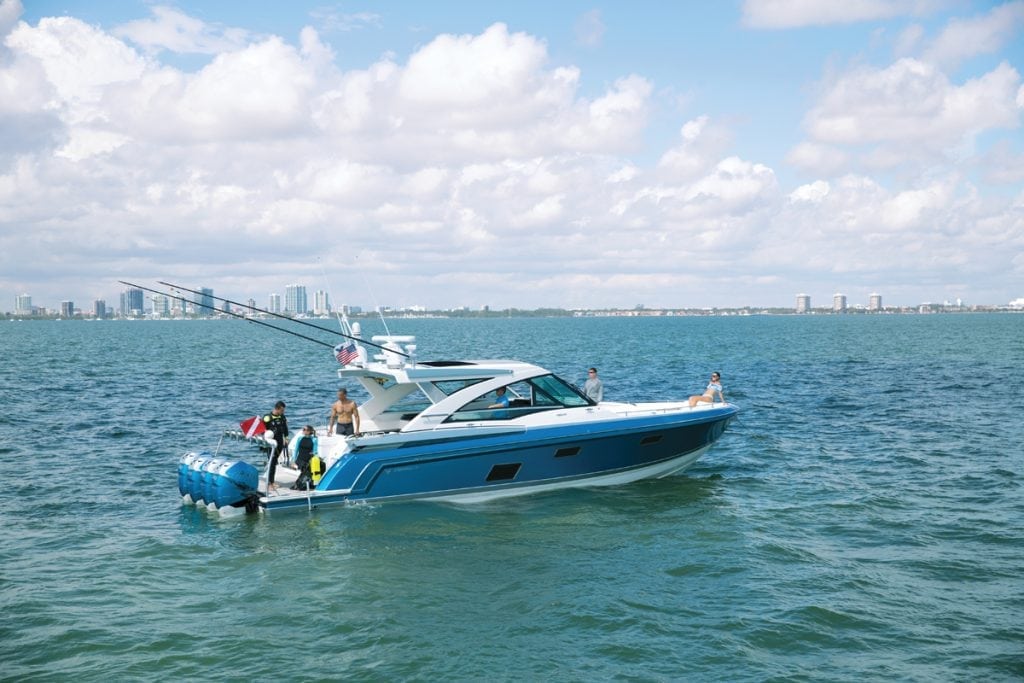Naples, Florida offers a bit of the old and new to visiting cruisers.
Naples, Florida, is and always has been about the water. Surrounded by the Gordon River, Naples Bay, Gordon Pass, and the Gulf of Mexico, Naples began as—and remains—a maritime haven.
Centuries before Columbus, the area we know as Naples, Florida was inhabited by the Calusa Indians. They were the earliest to harvest fish and clams from the surrounding waters. They were were canal excavators long before Spain staked claim in 1513 to what is now Florida. By the early 1700s, Seminoles became the dominant native tribe on the waterfront until the mid-1850s when they were driven inland by the U.S. Army.
After the Civil War, small numbers of farmers and squatters made their way to Southwest Florida by wagon, ox cart, and even sailboats. Naples evolved into a boating community with abundant fish and game. The bay’s beauty was thought to surpass that of the bay in Naples, Italy, hence its name. By the time the town was officially founded in 1886, Naples had already attracted investors and gained popularity as a winter resort for wealthy Northerners.
Storied Past
In the 1920s, Baron Collier (Naples is in Collier County, named for him) brought paved roads, electric power, telegraph service, and thriving business to the area. Silver screen legends Greta Garbo, Hedy Lamarr and Gary Cooper were frequent visitors, as were business moguls like Firestone and Edison.
Their frequent visits started a trend that established Naples’ reputation as a favorite spot for the rich and famous. Today, that rich and famous trend continues. According to the Naples Daily News, five Naples residents are on the 2017 Forbes list of billionaires. Celebrities like Bob Seger, Mike Ditka, Janet Evanovich, and Judge Judy own homes in the exclusive city.
Let’s rewind to the mid-1950s. Economic activity was centered around the tin-roofed buildings on the Gordon River, the home of Naples’ fishing industry, clam shelling and oyster processing along with boat construction and repair. As the fishing industry waned, this “tin city” was repurposed in the 1970s as The Old Marine Marketplace. It featured shops and restaurants. Current-day Tin City retains Old Florida charm with unique shops, rental boats, and water-based tours like the Double Sunshine and the Naples Princess.
Everything Old is Old Again
In a testament to Naples’ desire to keep the old Florida feel, Kelly’s Fish House, in business since 1953, still serves up seafood like Florida red grouper and Apalachicola oysters just across the river from Tin City. The Naples City Council has turned down developer requests to raze Kelly’s and make way for a large underground parking garage topped with shops, modern restaurants, and condos, maintaining this historic treasure and local favorite—for now.
Moving downstream, the Gordon River widens into Naples Bay, once a deserted, mangrove encircled backwater. Here, Crayton Cove got its start in 1915 when Annie Rivers and her son, Chiz, settled in what was then called “The Back Bay.” The town’s first sheltered moorage for fishermen and bootleggers was found at The Back Bay Docks managed by local legend Brembury Storter. In 1935, the area was renamed Crayton Cove after another local owner and served as the town’s social center where the White Pelican hosted all the important, high-brow events, such as the Swamp Buggy Ball.
Present day Naples Bay bears little resemblance to days of yore. Mangrove shores have been supplanted by several marinas, hotels, retail, and office spaces, restaurants and residences. Naples City Dock reopened early this year after a nearly year-long closure and seven-million-dollar investment, including replacing the old fixed wooden docks with Bellingham floating docks. City Dock still lures fishermen (sans bootleggers) with Naples’ largest charter fishing fleet and day charter sailboats. City mooring balls, at $15 per night, are, undoubtedly, the cheapest place to stay in the Naples area.
The Dock at Crayton Cove restaurant is adjacent to City Dock and has waterside dining in view of the charter fleet. The Dock has had a 30-year run here with seafood as the centerpiece of the menu. Try the crab salad BLT, Spanish octopus skillet or banana macadamia nut snapper. Just down the block is Bleu Provence, in business for 20 years. This Zagat-rated establishment features Florida pompano with black olive vierge sauce and cobia with coconut and cilantro red pepper sauce. Many additional fine restaurants are just a stroll away on ritzy Fifth Avenue, and oh, the shopping!
Glitz and Glam
Moving south, Naples Bay’s shores, once sparsely dotted with fishing shanties, are now lined with elegant homes and honeycombed with navigable canals. Canal-side homes feature private docks to accommodate everything from picnic boats (Hinckley seems to be a common denominator) to large yachts; bayside homes tend to favor boat hoists due to the wakes from passing boat traffic. As the bay narrows again to re-form the river and makes a hard turn west, mariners pass the Port Royal area, an exclusive enclave with yachts docked at estates that make Los Angeles’ media mogul mansions look like starter homes. Fortunately, the area is still accessible to middle-class mariners, who cruise the canals in their vessels and anchor in bays along the way. A favorite of mine is Champney Bay, accessed by turning north between red channel markers #10 and #12 just inside the Gordon Pass’ entrance.
Moving to the Gulf side of Naples, Naples Beach (open to the public) has been a favorite of locals and tourists alike for more than a century—only the size of the swimwear has changed. The centerpiece of the beach is the 600-foot-long Naples Pier. It was constructed in 1888 as a freight and passenger dock for the Naples Hotel. The Pier has been through a lot, largely destroyed by a fire in 1922 and ravaged by hurricanes in 1910, 1926 and 1960. Although it was rebuilt shortly before Hurricane Irma, it was damaged again during the storm. The pier is now undergoing yet another round of repairs. Fishing is not currently allowed, but frustrated fishermen can drown their sorrows at the pier concession, Cosmos Café, and Pizzeria; the City Council recently approved serving beer and wine at this establishment.
Historic Charms
Take a leisurely walk today along Naples Pier. It’s easy to imagine the ladies in summer hats and men in fedoras strolling along the original pier. But nothing lasts forever, and now is the time to discover both the old and new of Florida’s “last frontier,” on the water in Naples, Florida.
By Marty Richardson, Southern Boating July 2018



